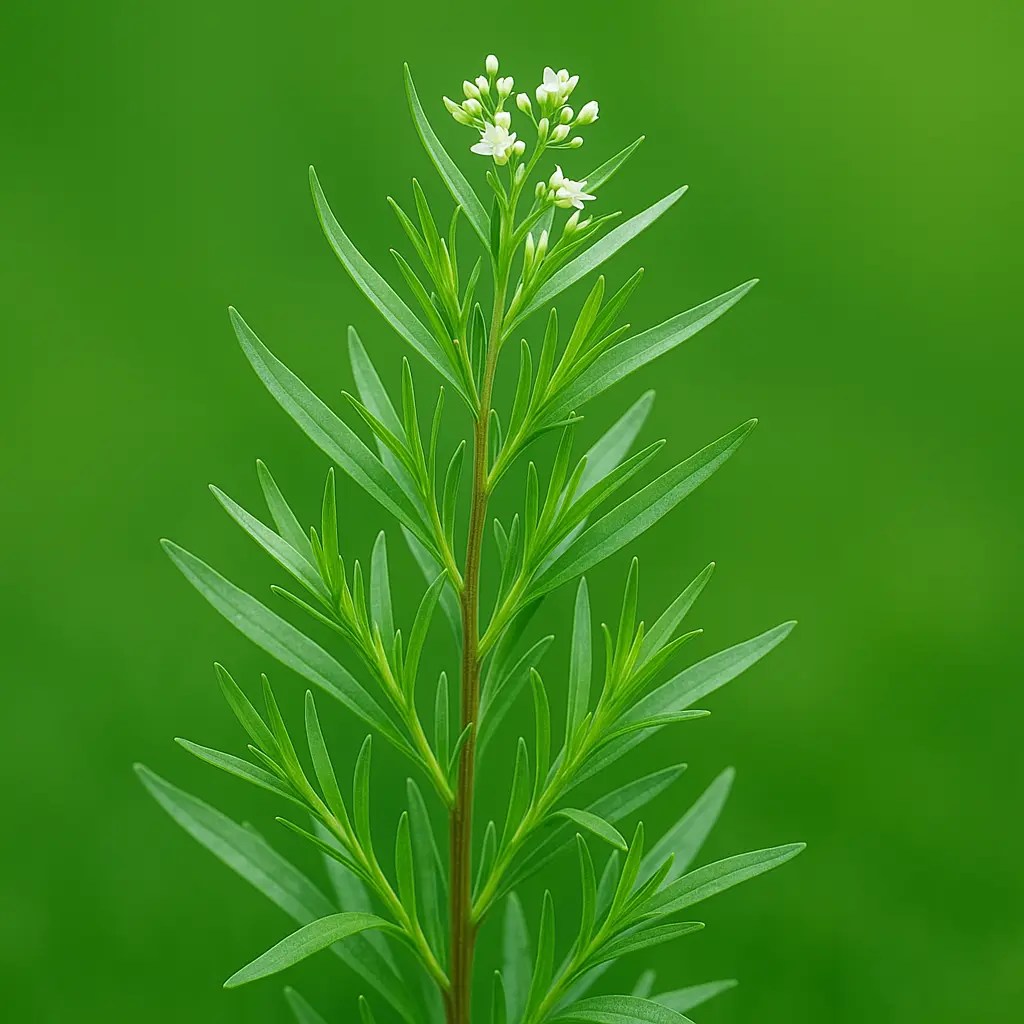French Tarragon: The Ultimate Guide for Growing and Using This Aromatic Herb
Introduction
French tarragon, a beloved herb in French cuisine, is prized for its intense anise-like aroma and licorice-like flavor. This versatile herb is easy to grow and can add a touch of sophistication to any dish.
Growing French Tarragon
French tarragon thrives in well-drained soil with a neutral pH. It prefers full sun but can tolerate partial shade. To grow French tarragon from seed, sow the seeds indoors 6-8 weeks before the last frost. Transplant the seedlings outdoors after the danger of frost has passed, spacing them 24 inches apart.
Alternatively, you can propagate French tarragon from cuttings. Take cuttings from young stems in the spring or early summer. Remove the lower leaves and dip the cut end into rooting hormone. Plant the cuttings in a pot filled with moist potting mix and keep them warm and humid until they develop roots.
French Tarragon Plant Care
French tarragon is a low-maintenance herb that requires minimal care. Water it about once a week, allowing the soil to dry out between waterings. Mulch around the base of the plant to retain moisture and suppress weeds.
Fertilize French tarragon sparingly, as too much fertilizer can diminish its flavor. A light application of compost or a balanced fertilizer at the time of planting is sufficient.
Harvesting and Using French Tarragon
French tarragon leaves can be harvested throughout the growing season. Simply snip off the leaves as needed. Fresh tarragon leaves can be used in a variety of dishes, including salads, soups, stews, and egg dishes. They can also be dried and stored for later use.
Troubleshooting Common Issues
- Yellowing leaves: Overwatering or nutrient deficiency
- Stunted growth: Poor drainage or lack of sunlight
- Pests: Aphids or spider mites
Long-Tail Keyword Questions
- How to plant French tarragon in well-drained soil?
- Choose a planting site with well-drained soil that receives full sun or partial shade.
- How to grow French tarragon from cuttings?
- Take cuttings from young stems in the spring or early summer, remove the lower leaves, dip the cut end in rooting hormone, and plant in moist potting mix.
- How to propagate French tarragon from stem cuttings?
- Follow the steps outlined above for growing French tarragon from cuttings.
- Best time to divide French tarragon plants?
- Divide French tarragon plants in the spring, just as new shoots are breaking ground.
- How to prune French tarragon plants?
- Prune French tarragon plants by pinching back the tips of the stems to encourage bushier growth.
- How to harvest French tarragon leaves?
- Harvest French tarragon leaves by snipping them off the stems as needed.
- How to dry French tarragon leaves?
- Tie French tarragon leaves into small bundles and hang them in a warm, dry place until they are completely dry.
- How to use French tarragon leaves?
- Use fresh French tarragon leaves in salads, soups, stews, and egg dishes. Dried French tarragon leaves can be used to flavor rubs, marinades, and vinegars.
- French tarragon in fish recipes?
- Add fresh or dried French tarragon to fish dishes for a subtle anise-like flavor.
- French tarragon in egg dishes?
- Add fresh or dried French tarragon to egg dishes, such as omelets and quiches, for a savory flavor.
- French tarragon in butter compounds?
- Combine softened butter with chopped fresh French tarragon and use it to flavor grilled meats, vegetables, or bread.
- French tarragon in vinegar dressings?
- Add fresh or dried French tarragon to vinegar dressings for a unique and flavorful touch.
- French tarragon in salads?
- Add fresh French tarragon leaves to salads for a peppery, anise-like flavor.
- French tarragon in soups and stews?
- Add fresh or dried French tarragon to soups and stews for a subtle herbal flavor.
